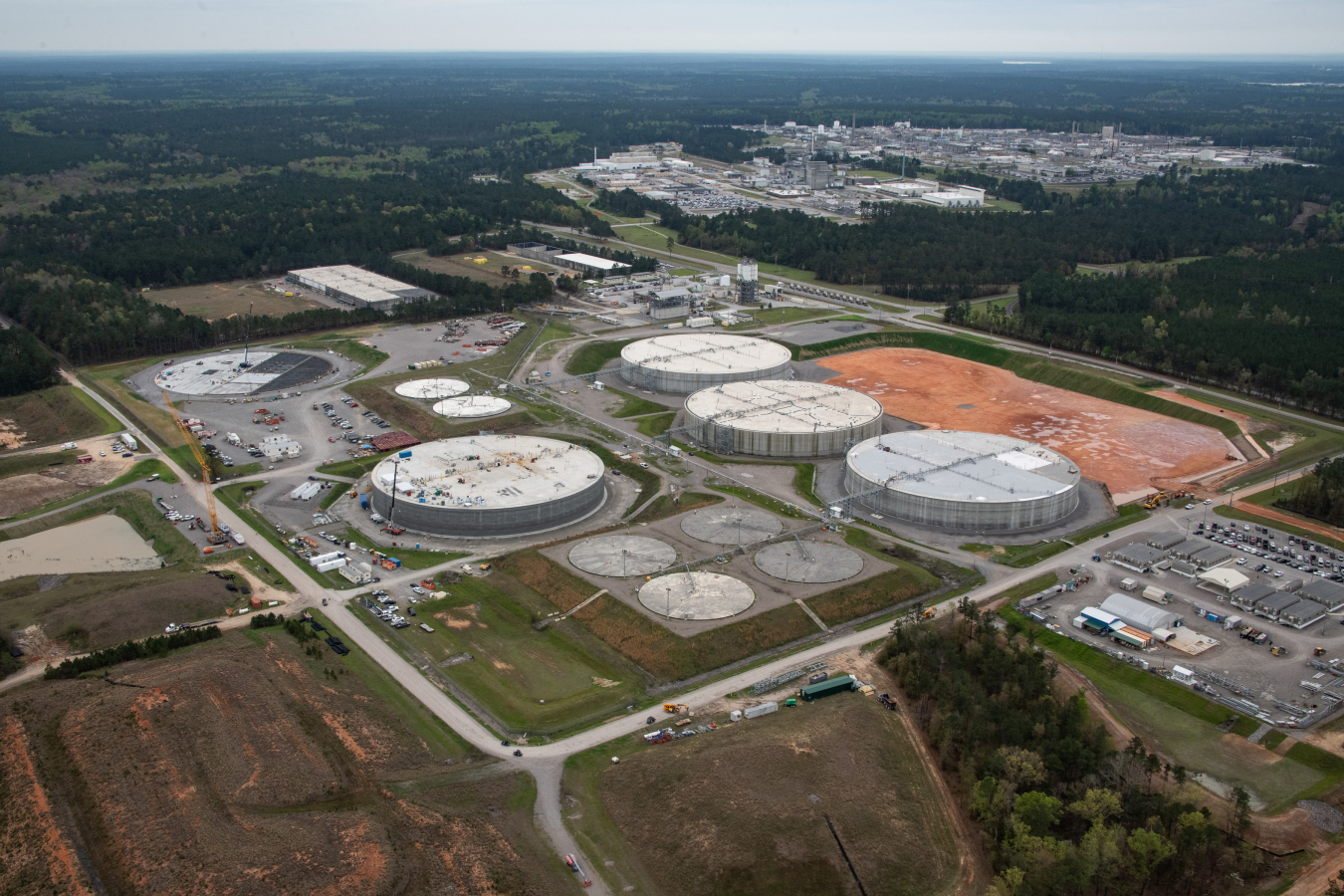How Fluid Garbage Disposal Works: A Detailed Overview of Strategies and Technologies Utilized

Summary of Liquid Waste Types
The intricacy of fluid waste kinds requires a detailed understanding of their characteristics and implications for disposal. Fluid waste can generally be classified right into a number of types, including industrial, municipal, farming, and hazardous waste. Each group shows distinctive buildings, calling for details monitoring methods to alleviate environmental and health risks.
Industrial fluid waste stems from producing processes and frequently contains a series of pollutants, such as heavy steels, solvents, and natural compounds. Community liquid waste, largely making up wastewater from families and commercial facilities, has natural matter, nutrients, and virus (industrial wastewater treatment). Agricultural fluid waste, including runoff from farms, might consist of fertilizers, chemicals, and animal waste, positioning threats to water high quality and communities
Hazardous fluid waste is defined by its toxicity, reactivity, or possible to cause damage. This group includes materials like acids, bases, and specific chemicals that demand strict handling and disposal methods. Comprehending these varied liquid waste kinds is essential for creating effective disposal techniques and guaranteeing conformity with environmental guidelines. Correct classification and characterization are crucial for carrying out ideal treatment methods and minimizing the unfavorable effect on public health and wellness and the setting.
Physical Treatment Techniques

Testing is the preliminary step, where larger particles and particles are gotten rid of from the fluid waste making use of displays or grates. This process safeguards downstream tools from damages and makes certain smoother procedure. Complying with screening, sedimentation utilizes gravitational force to different solids from fluids. In sedimentation tanks, heavier fragments clear up at the base, developing a sludge layer, while the clarified fluid can be more treated.
Filtering is another essential approach that involves passing the fluid with permeable materials, such as sand or membrane layers, to catch smaller fragments. This step boosts the high quality of the fluid, making it appropriate for succeeding treatment procedures.

Chemical Treatment Strategies
Chemical treatment methods are important for properly handling fluid waste, particularly in resolving dissolved and colloidal pollutants that physical methods may not adequately eliminate. These strategies utilize different chemical representatives to neutralize, speed up, or change dangerous compounds right into less damaging kinds.
One common technique is coagulation and flocculation, where chemicals such as alum or ferric chloride are contributed to promote the aggregation of put on hold fragments. This process improves sedimentation, permitting for simpler elimination of the resulting sludge. In addition, oxidation processes, utilizing representatives like chlorine or ozone, are employed to break down complicated natural compounds and pathogens, making the waste safer for discharge or further therapy.
Neutralization is one more crucial strategy, which adjusts the pH of acidic or alkaline waste streams to neutral levels, stopping prospective injury to downstream systems and the atmosphere. In addition, advanced oxidation procedures (AOPs) use mixes of oxidants and ultraviolet light to weaken persistent pollutants, achieving a higher level of treatment efficiency.
Biological Treatment Processes
Organic therapy procedures play an important role in the administration of liquid waste by utilizing microorganisms to break down organic matter and reduce contaminant levels. These procedures can be generally classified into anaerobic and aerobic treatments, each using details microbial areas to accomplish efficient waste deterioration.
Aerobic therapy entails using oxygen to help with the break down of organic products by germs. This process is commonly applied in turned on sludge systems, where aeration tanks give a helpful atmosphere for microbial growth, bring about the oxidation of natural contaminants. The resultant biomass can be separated from dealt with effluent with sedimentation.
In contrast, anaerobic therapy happens in the absence of oxygen, counting on different bacteria to damage down organic issue. This technique is especially advantageous for high-strength waste, as it creates biogas, a sustainable energy resource, while decreasing sludge production. Technologies such as anaerobic digesters are regularly utilized in industrial and municipal applications.
Both cardio and anaerobic biological therapies not only minimize the ecological impact of fluid waste but likewise facilitate source recovery, making them crucial components of lasting waste management methods. Their versatility, performance, and efficiency support their extensive execution across different markets.
Arising Technologies in Disposal
Innovative methods to fluid garbage disposal are rapidly developing, driven by improvements in modern technology and an enhancing emphasis on sustainability. Amongst these arising modern technologies, membrane layer bioreactors (MBRs) have actually gained traction for their capability to integrate organic therapy with membrane layer purification, causing top quality effluent that can be reused in various applications. MBRs allow smaller footprints read here and a lot more effective procedures contrasted to standard systems.
Another promising development is the use of anaerobic digestion internet combined with nutrient recovery technologies, which not just deals with fluid waste yet additionally creates biogas and recoups useful nutrients like nitrogen and phosphorus. This double benefit improves resource efficiency and reduces environmental influence.
In addition, progressed oxidation procedures (AOPs) are being embraced for the deterioration of complex natural toxins. These approaches use powerful oxidants and catalysts to damage down impurities at the molecular degree, using a very reliable option for difficult waste streams.
Moreover, the assimilation of expert system and artificial intelligence in waste monitoring systems is enhancing operational performance and predictive upkeep, causing decreased prices and enhanced environmental conformity. These innovations mirror a substantial shift in the direction of more lasting and efficient liquid garbage disposal practices.
Verdict
In verdict, effective liquid waste disposal requires a thorough understanding of numerous techniques and innovations. By constantly progressing these techniques, it becomes possible to deal with the expanding obstacles linked with fluid waste, inevitably contributing to environmental protection and resource healing.
Liquid waste disposal is an essential aspect of environmental management, requiring an extensive understanding of different methods and innovations tailored to different waste types. Fluid waste can generally be classified right into numerous kinds, including industrial, community, this farming, and dangerous waste. Agricultural liquid waste, consisting of runoff from farms, might have plant foods, chemicals, and pet waste, presenting dangers to water high quality and environments.
Different physical treatment methods play a vital role in managing fluid waste properly - industrial wastewater treatment.In final thought, efficient liquid waste disposal demands a thorough understanding of different techniques and technologies